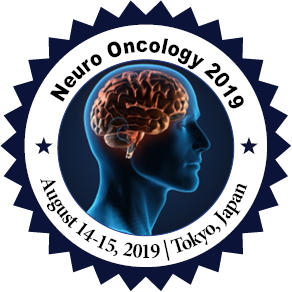Indah Sandy Febryanti
Pondok Indah Hospital, Jakarta, Indonesia
Title: Cerebellar Necrotic and Suppurative Space-Occupying-Lesions Mimicking Non-Malignant Brain Tumor
Biography
Biography: Indah Sandy Febryanti
Abstract
One of many neurological conditions that can mimic brain neoplasms is infection. It is important to distinguish between infection and neoplasm to provide correct treatment. We report a case of 31-years-old female presented with recurrent headache and dizziness prior to one month before admission. No history of fever. No other neurological deficit was found. Vital signs are normal. Laboratory investigations showed no signs of infection or inflammation. Magnetic resonance imaging of the brain with contrast showed infratentorial mass at left cerebellum located anterior above left CPA that showed enhancement with perifocal edema and compression of fourth ventricle, dilatation of third ventricle and bilateral lateral ventricle. Magnetic resonance of the brain spectroscopy without contrast showed non-malignant neoplasm feature with elevated choline, creatinine and N-acetylaspartate curve also reduced in lipids. The lesion was preoperatively diagnosed with possible meningioma or hemangiopericytoma. The patient underwent uneventful craniotomy surgery with retromastoid approach. Intra-operatively, the mass identified in the cerebellar parenchyma that could be handled with suction easily, yet prone to bleed. The pathological study of the mass showed wide necrotic area of tissue with plasma cells and no malignant feature was found. Morphologic diagnosis pointed towards infection, cerebellar parenchyma supportive chronic inflammation. No specific organism was found. No tuberculosis bacteria were found. Extensive laboratory examinations showed no sign of infection or inflammation. Patient recovered after surgical resection and decompression with full neurological function and subsided headache and dizziness. Patient is scheduled for more follow-up and work-up to distinguish between infection and neoplasm.

